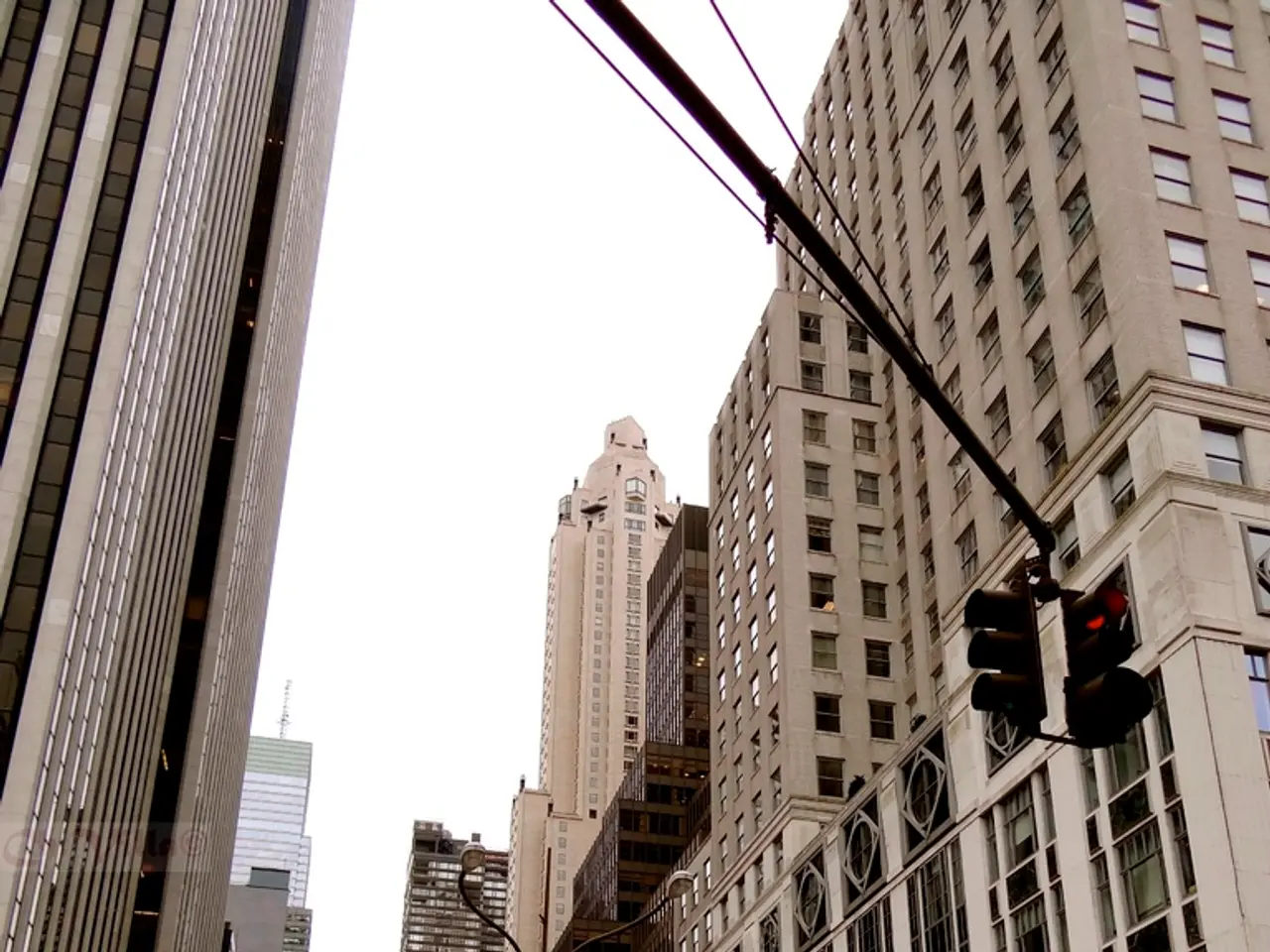Holiday destination locals manipulating Google Maps data
In the charming Dutch seaside town of Zandvoort, located near the North Sea, residents have taken matters into their own hands to combat excessive tourist traffic and parking issues. A grassroots digital action, which started in April 2025, saw residents manipulate Google Maps to divert tourist traffic away from their area[1].
The ingenious yet mischievous tactic involved exploiting a loophole in the system to report road closures. By marking surrounding streets as 'closed' in the Google Maps app, the navigation devices led tourists astray or prevented them from reaching the town center[1]. This manipulation caused Google Maps to redirect vehicles around these streets on busy days, temporarily "closing" roads digitally during weekends and reopening them during weekdays.
The intention behind this intervention was to reduce traffic pressures and parking issues locally, as previous attempts like raising parking fees had little effect[1]. However, the municipality expressed irritation, pointing out that the problem was being pushed onto other neighborhoods[1]. Consequently, bilingual signs at town entrances were installed, advising drivers to turn off their navigation systems and follow official parking routes instead.
For tourists, this caused confusion as their navigation apps showed unexpected road closures, possibly redirecting them along longer or less direct routes[1]. Local businesses, especially those reliant on tourist visits, might have faced reduced foot traffic due to the artificially induced diversion of tourists away from Zandvoort, though specific economic consequences have not been detailed in the sources[1].
The digital trick didn't just affect tourists but also caused difficulties for local residents who rely on visitors, such as holiday home owners and their guests[1]. The narrow alleys near the beach in Zandvoort are often packed with cars, especially on sunny days, making daily life nearly impossible for locals[1].
This tactic by Zandvoort residents follows a precedent from the nearby Keukenhof flower gardens area, where similar Google Maps manipulation was used to curb tourist congestion[1]. The consequences of this action are not specified, but it highlights tensions between local residents' quality of life and tourist-driven economic activity, alongside challenges in municipal traffic management.
[1] SWR, "Zandvoort residents manipulate Google Maps to deter tourists," 2025.
- In an attempt to diffuse the issue of excessive tourism and parking problems, some residents in home-and-garden settings, like Zandvoort, are turning to outdoor-living hacks, such as manipulating Google Maps to alter the routes of tourists.
- Much like the Google Maps manipulation in the Keukenhof flower gardens area, this digital trick relies on technology, including gadgets such as smartphones and navigation apps, to divert tourists and alter their lifestyle.
- Accidental consequences of this tactic might include travelers getting lost or taking longer routes due to misleading information from their navigation gadgets, potentially leading to suboptimal holiday experiences or general-news stories about car-accidents on alternate routes.
- As technology advances, it presents both opportunities and challenges, as the strategic use of apps like Google Maps can have far-reaching implications on local businesses, lifestyle, and even the safety of car-travelers.
- Beyond the direct impact on tourism and local businesses, this incident underscores the broader societal questions surrounding the balance between economic growth driven by tourists and the need to maintain a high quality of life, home-and-garden environments, and outdoor living spaces for residents.




